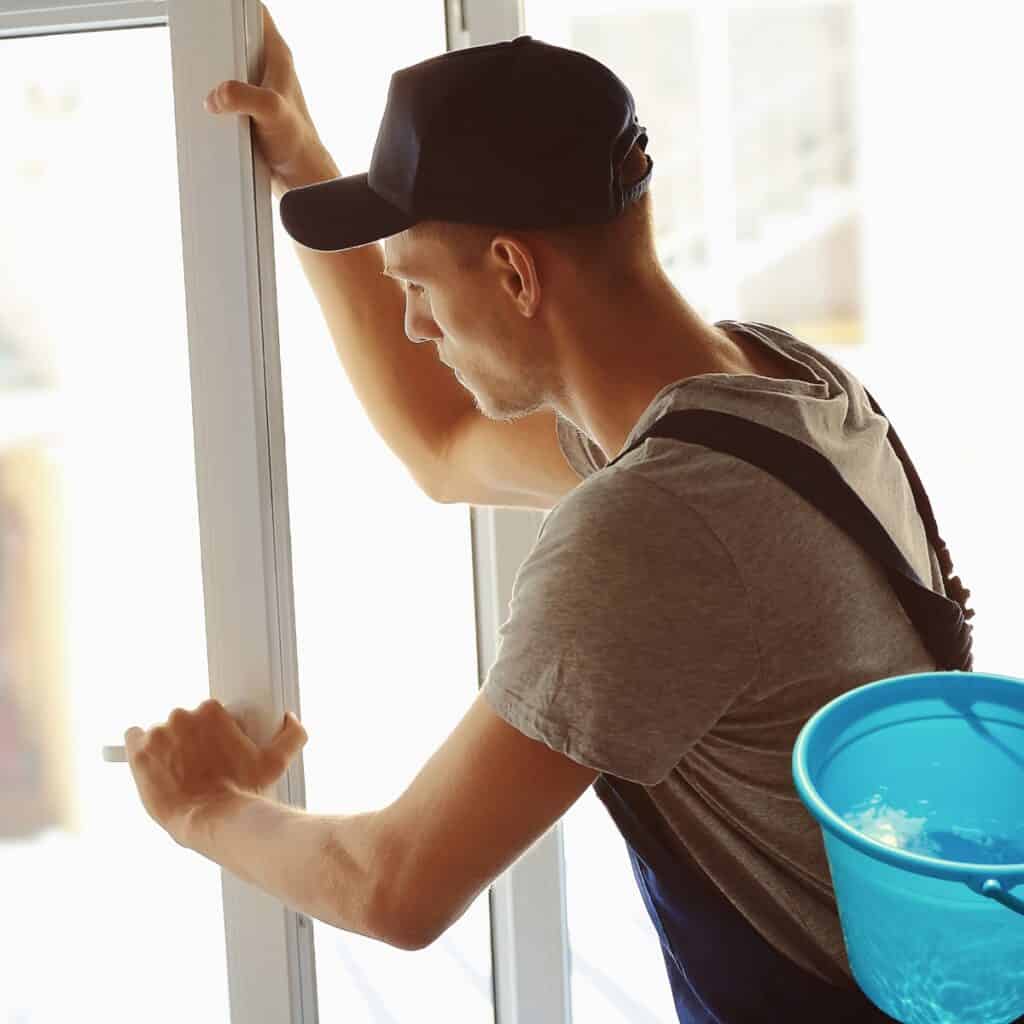Glass is an amorphous (non-crystalline) solid material which is often transparent and has widespread practical, technological, and decorative usage in things like window panes, tableware, and optoelectronics.
The most familiar, and historically the oldest, types of glass are based on the chemical compound silica (silicon dioxide), the primary constituent of sand. The term glass, in popular usage, is often used to refer only to this type of material, which is familiar from use as window glass and in glass bottles.

Of the many silica-based glasses that exist, ordinary glazing and container glass is formed from a specific type called soda-lime glass, composed of approximately 75% silicon dioxide (SiO2), sodium oxide (Na2O) from sodium carbonate (Na2CO3), calcium oxide, also called lime (CaO), and several minor additives.
A very clear and durable quartz glass can be made from pure silica; the other compounds above are used to improve the temperature workability of the product.
Many applications of silicate glasses derive from their optical transparency, which gives rise to one of silicate glasses’ primary uses as window panes.
Glass will both reflect and refract light; these qualities can be enhanced by cutting and polishing to make optical lenses, prisms, fine glassware, and optical fibers for high speed data transmission by light. Glass can be colored by adding metallic salts, and can also be painted.
These qualities have led to the extensive use of glass in the manufacture of art objects and in particular, stained glass windows. Although brittle, silicate glass is extremely durable, and many examples of glass fragments exist from early glass-making cultures.
Because glass can be formed or molded into any shape, and also because it is a sterile product, it has been traditionally used for vessels: bowls, vases, bottles, jars and drinking glasses. In its most solid forms it has also been used for paperweights, marbles, and beads.
When extruded as glass fiber and matted as glass wool in a way to trap air, it becomes a thermal insulating material, and when these glass fibers are embedded into an organic polymer plastic, they are a key structural reinforcement part of the composite material fiberglass.
In science, the term glass is often defined in a broader sense, encompassing every solid that possesses a non-crystalline (i.e. amorphous) atomic-scale structure and that exhibits a glass transition when heated towards the liquid state. Thus, porcelains and many polymer thermoplastics familiar from everyday use, are physically glasses also.
These sorts of glasses can be made of quite different kinds of materials: metallic alloys, ionic melts, aqueous solutions, molecular liquids, and polymers.
For many applications (bottles, eyewear) polymer glasses (acrylic glass, polycarbonate, polyethylene terephthalate) are a lighter alternative to traditional silica glasses.
When used in windows, it’s often times called “glazing”.
Types of glazing, from single glass to Hr +++
What types of glass there are and what the functions of types of glass are with their insulation values.
There are many types of glass nowadays.
This concerns double glazing with their insulation values.
The higher the insulation values are, the more energy you can save.
The types of glass insulate your house, as it were.
Ventilating is just as important for your humidity in your home.
If you don’t ventilate well, the insulation is also of little value.
Types of glass available in many sizes and insulation values.
The types of glass can be ordered in many thicknesses.
It depends on whether you have a casement window or a fixed frame.
The thicknesses in the casement window are thinner than those of the frame, because the wood thicknesses vary.
This makes no difference regarding insulation values.
The old single glass is still rarely used, there are still houses with this type of glass and it is still produced.
Then I started with insulating glass, also called double glazing.
The glass consists of an inner and outer leaf.
In between is air or an insulating gas.
From H+ to HR +++, a range of glass types.
Hr+ glazing is almost the same as insulating glass, but as an extra it has a heat-reflecting coating applied to a leaf, and the cavity is filled with air.
Then you have HR++ glass, which you can compare with HR glass, only the cavity is filled with Argon gas.
The insulation value is then even better than the HR+.
This glass is often installed and usually meets the requirements for good insulation.
If you want to take it a step further, you can also take HR+++.
This glass is triple and is filled with argon gas or krypton.
HR+++ is usually placed in newly built houses, for which the frames are already suitable.
If you also want to place it in existing frames, your frames will have to be adapted.
Note that HR+++ is quite pricey.
These types of glass can also be added as sound-proof, fire-resistant, sun-regulating and safety glass (laminated).
In a next article I will explain how to make glass yourself, it is simpler than you think.
Did you find this a valuable article?
Let me know by leaving a nice comment.
BVD.
Pete deVries.
Would you also like to buy paint cheaply in my online paint shop? CLICK HERE.
I'm Joost Nusselder, the founder of Tools Doctor, content marketer, and dad. I love trying out new equipment, and together with my team I've been creating in-depth blog articles since 2016 to help loyal readers with tools & crafting tips.
